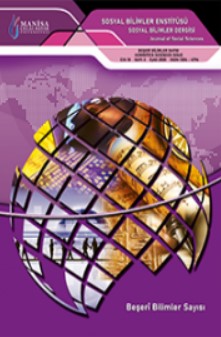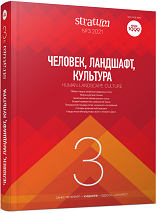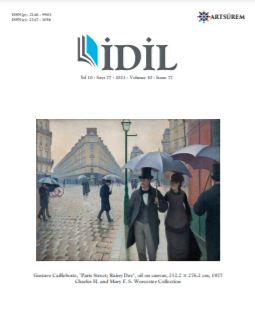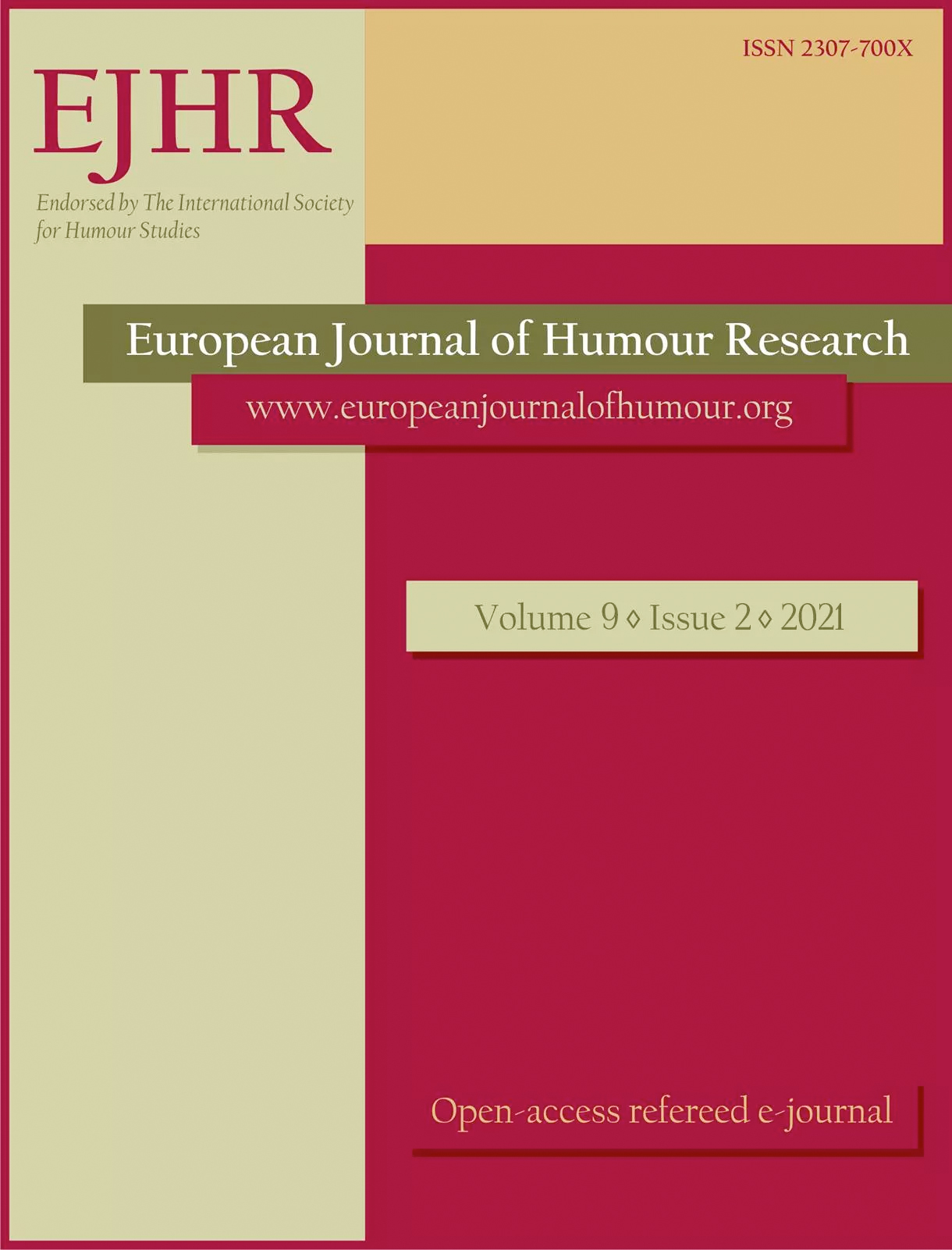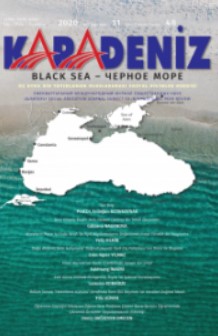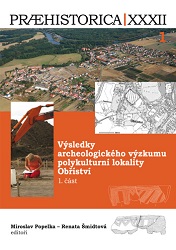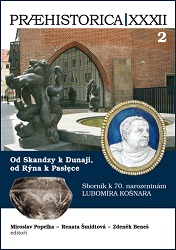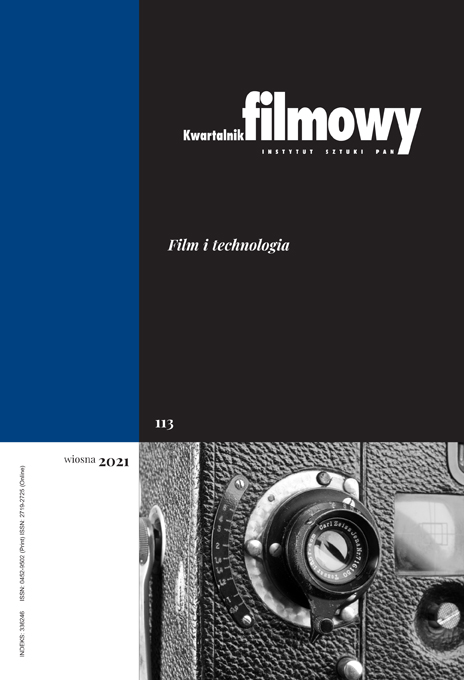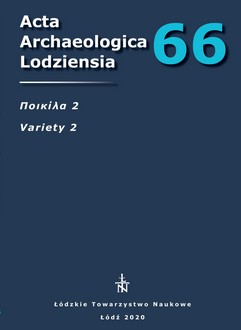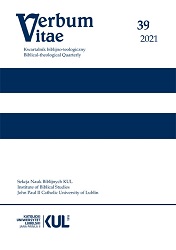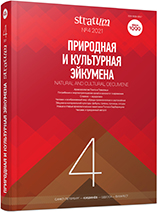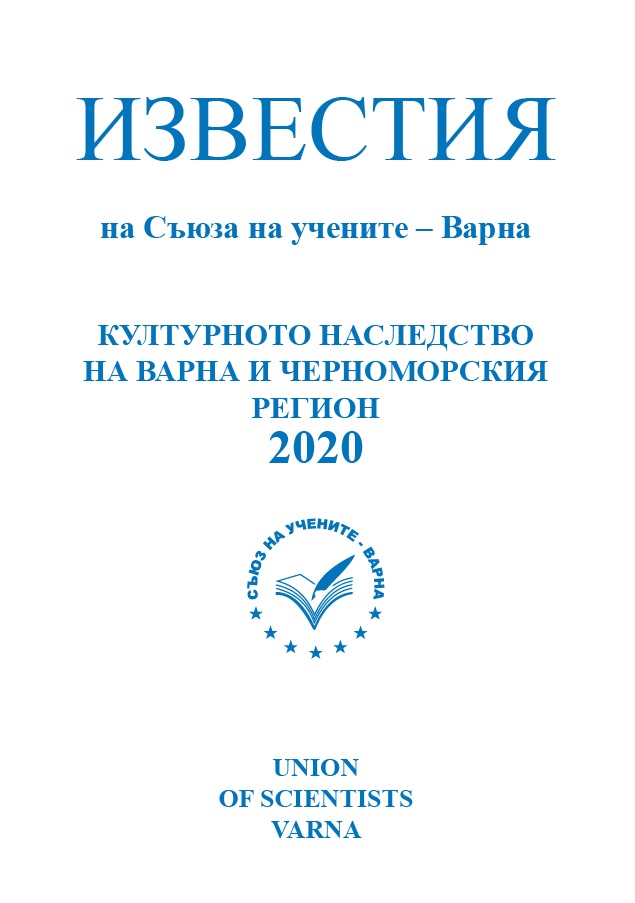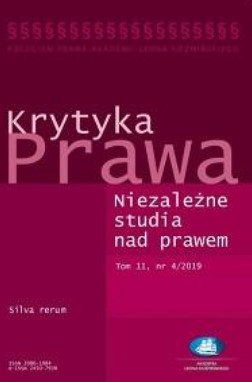Author(s): Maksim Prikhodko / Language(s): English
Issue: 2/2021
In the article we investigate the Christian –pagan polemic of Origen’s treatise “Contra Celsum”in fragment 7.53-58, where the problem of the correlation of irony and heroism reveals the contrast between false and true deeds, for which divine honours are given. The irony that Celsus uses to attack Christians serves as a kind of “divide” that marks acontrast between pagan ideas about heroism, as a principle of deification of people, and the principles on which, from Celsus’ point of view of, Christians consider Jesus to be God. A special subject of the article is Celsus’ reflection on the ironic motive of the Book of Jonah, the story of the gourd (Jonah 4, 5-11), and the salvation of the prophet Daniel from the lion's den (Dan. 6, 16-23). Origen’s response to Celsus’ speech shows a certain similarity to the text of a pagan author in structural, stylistic and lexical aspects. Such factor reveals a rhetorical content of the response of Origen. In the field of rhetorica, Origen uses irony against his opponent: pagan heroes and philosophers now appear funny or not serious enough, whereas the Old Testamentprophets are revealed as genuinely great and as a source of miracles. In light of this, Origen’s response to Celsus replaces Celsus’ ironic allusion to the gourd story from the fourth chapter of the Book of Jonah with the first verse of the second chapter, which opens the episode of Jonah’s stay in the belly of the whale. An analysis of this substitution, based on the hermeneutic principles of Origen, shows the role of Biblical irony as a specific aspect of the spiritual meaning of the sacred text. It is hypothesized that the essence of this specificity is the creation of a contrast that sets any feat of any person in the light of the historical life of Jesus Christ, who completely and exceptionally realized God’s providence. This reveals a pattern or principle of going beyond the limits of human virtue to the sphere of divine being. To compare any feats with the earthly life and the death of the Saviour renders the opposition of ironic and heroic no longer a contrast between false and true: any heroism, even the exploits of the Old Testament prophets, becomes ironic / ridiculous. Thus Origen’s Christian irony is not only an instrument of rhetorical discourse, but a philosophical and literary device that allows transcending, or elevating to an unattainable level, the heroism of the life and death of the Saviour.
More...
